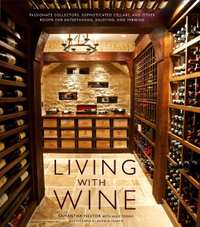How to maintain a home wine cellar – expert sommeliers share their secrets
This is how to expertly maintain a wine cellar – for collections big and small
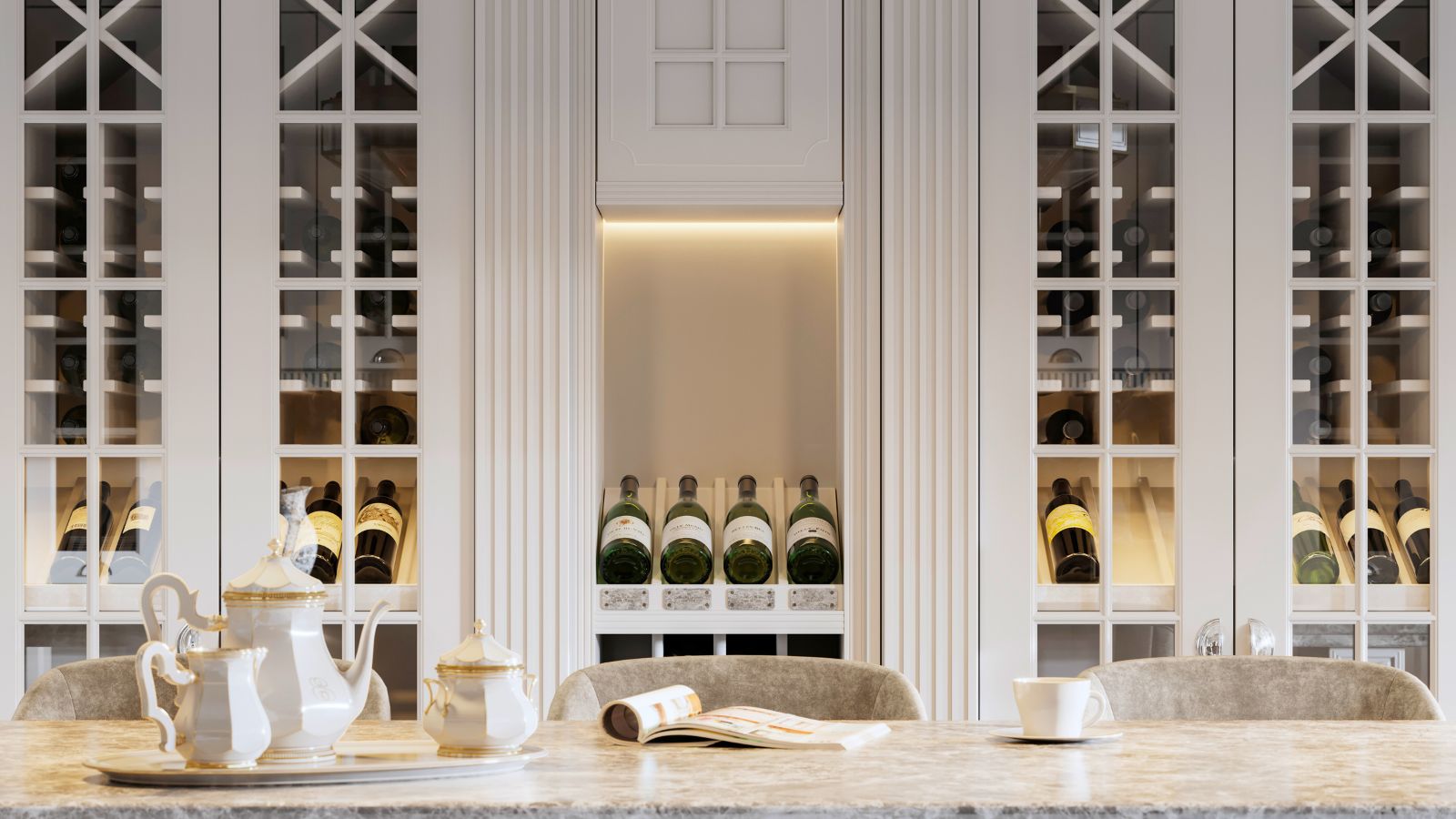

A wine cellar is a luxury for any home and while you might put your energy into picking the best vintages to fill it with, are you putting the same energy into maintaining the space?
You need to pay your wine room ideas more attention than simply installing it and stocking it, expert sommeliers warn – or your entire collection could turn to little more than vinegar.
From small prized selections or masterful collections, this is how to maintain a wine cellar and the bottles within – according to expert sommeliers.
How to maintain a home wine cellar
How you maintain wine storage will depend largely on your needs and the size of your collection, begins Alison Morris Roslyn, certified sommelier and wine consultant, owner of Francey Not Fancy. A smaller private wine collection will not need as many bells and whistles as a professional collection, she explains.
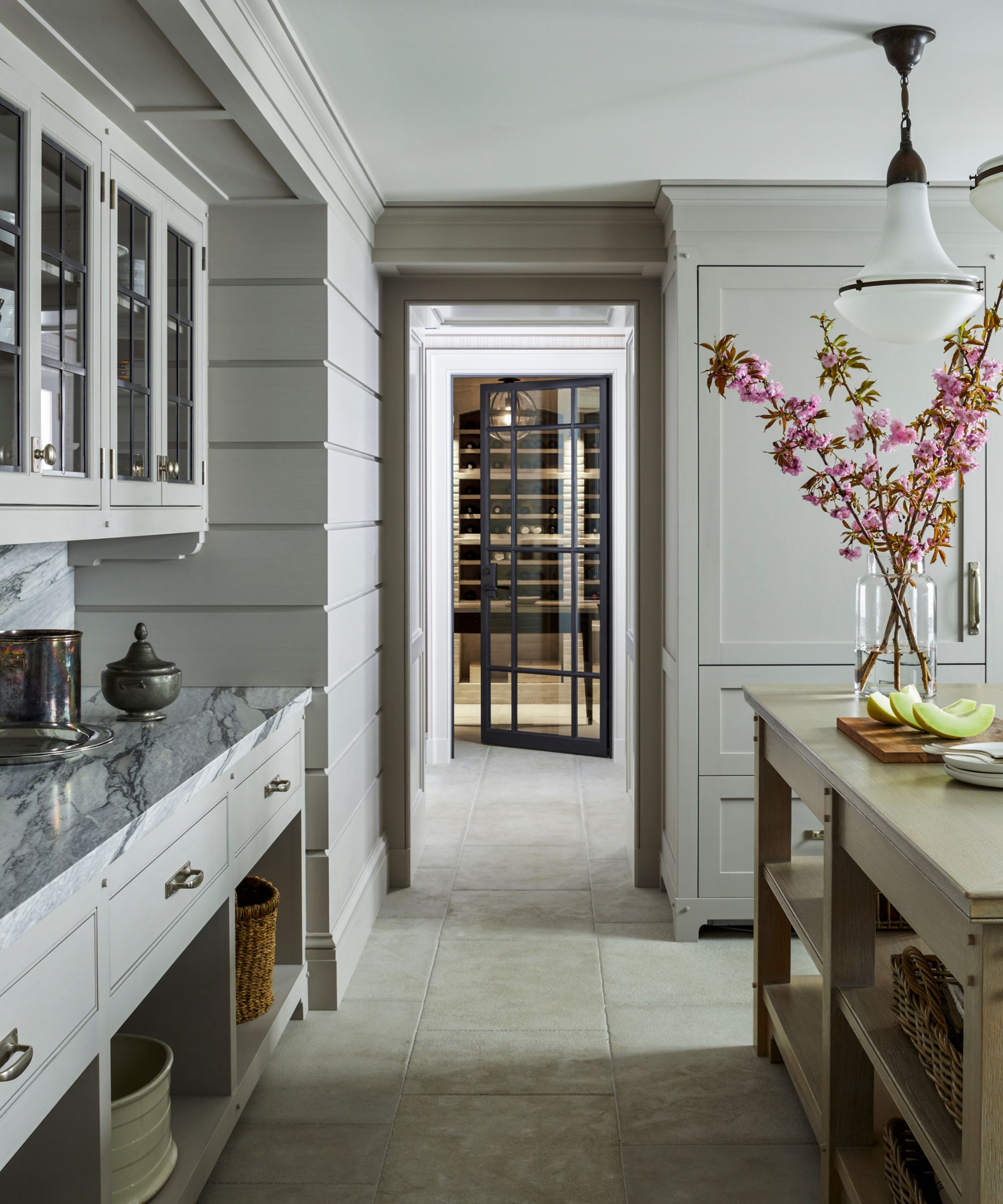
‘I know several people who built small wine rooms in areas of their basement that naturally stay cool. They don't have cooling units or moisture barriers in their walls. They simply keep a thermostat in the room to make sure the temperature isn't getting too warm. This is very popular in Europe, where wine is often stored in wine caves or stone basements that are naturally in the 50s or 60s Fahrenheit.
‘If you're a more serious collector and are looking to store wines to age for years to come, you probably want to invest in a fully outfitted cellar, installing a moisture barrier in the walls and adding a wine cellar cooling unit. Unless you are very handy, this is a household project you shouldn’t DIY,’ she warns. ‘I recommend bringing in a local company that does wine cellar build-outs, preferably someone who has done work that you've seen and liked.’
With that in mind, this is how to store wine and how to maintain a wine cellar that suits your needs.
1. Maintain a steady temperature
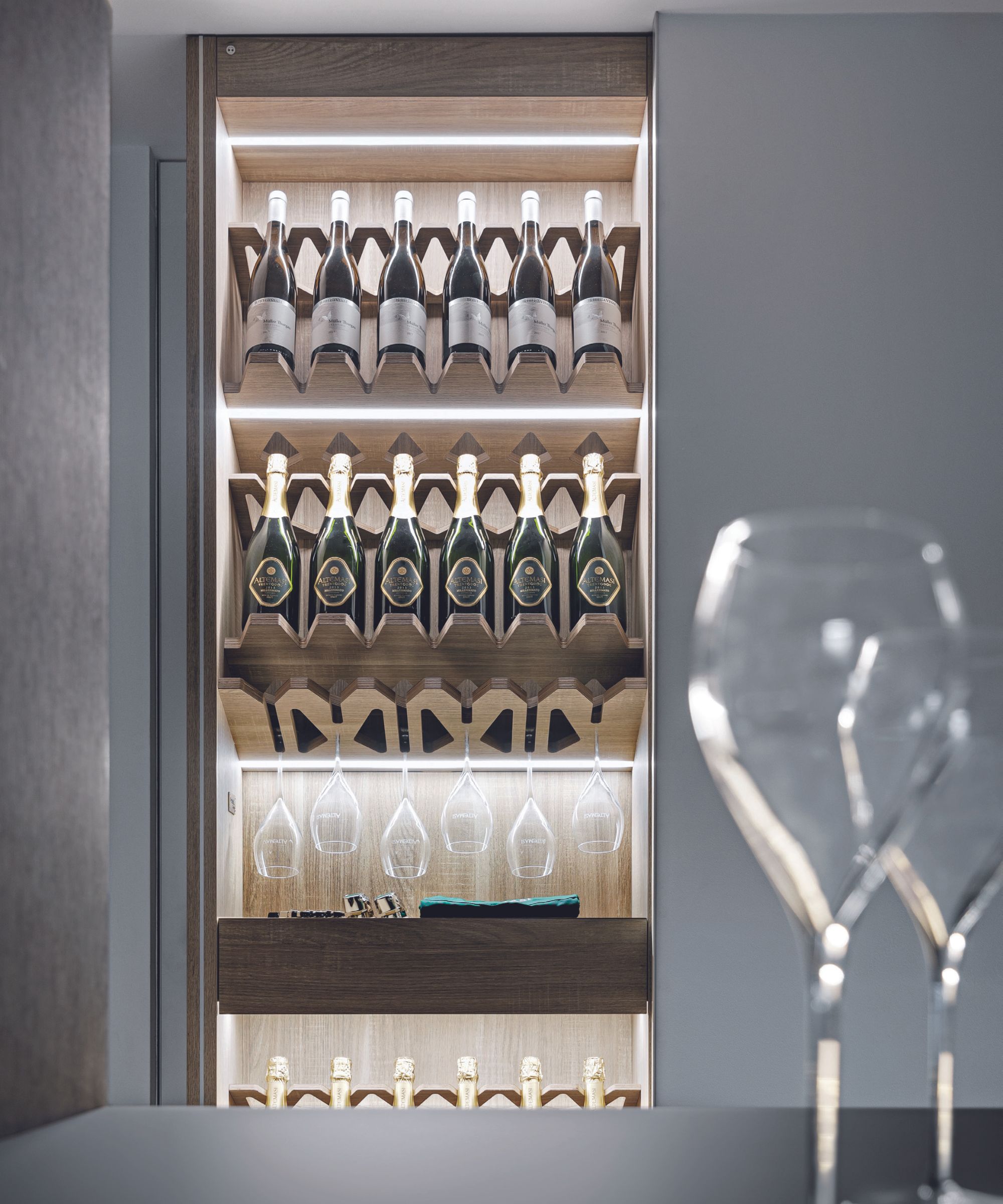
Arguably the most important step in maintaining a wine cellar is keeping the area at a consistent temperature, Annie Edgerton, wine expert and educator at Flatiron Wines & Spirits starts. You need to keep the areas at a steady 55-57°F. We've had clients who have kept their wine in a below-grade basement, swearing it's "always cool." However, during a summertime heat wave, it might feel cooler versus the rest of the house, but if it gets above 77°F, the wine will undergo chemical reactions that could lead to ashy, metallic, unpleasant "cooked" flavors. Even if it is not quite that warm, fluctuations above the 55-57°F mark will hasten the evolution of the wine and cause it to evolve – and die – much more rapidly.
‘The best option is a properly insulated room that has a dedicated cooling system,’ Annie explains. ‘If you have a small collection, then the best wine cooler is a good choice; they make them from small, only six bottles, to full-height and double wide, capable of holding 600 bottles. A wine fridge may be an expensive investment to more casual collectors, but it will preserve the drinkability and enjoyment of your wine.’
2. Keep it dry and dark
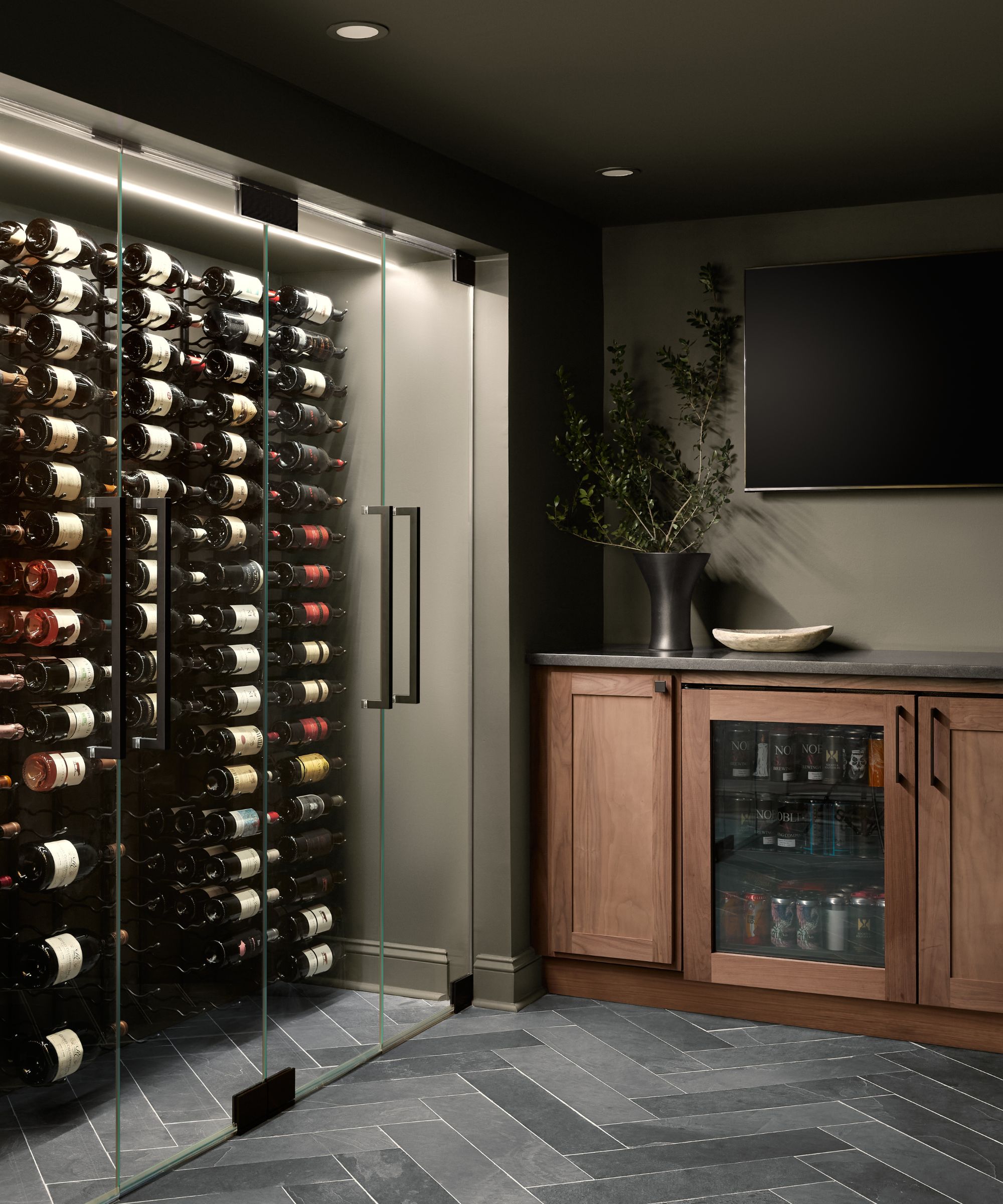
It is not just the temperature that can turn the wine, humidity and even the lighting ideas can play a role too, warns Winn Roberton, lead sommelier at Bourbon Steak DC. When maintaining an at-home wine cellar, you need to minimize both – keeping the humidity as close to 60% as possible, and never letting it go beyond 50%-70%, Winn explains. :
‘At Bourbon Steak DC, illumination is minimal, with lights only activated during wine stocking sessions, approximately 10 hours per week,’ he adds, so think twice about stringing up aesthetic strips of LEDs to display your collection and consider more minimal yet still practical lighting for when you go to get a fresh bottle.
3. Ensure walkways are clear
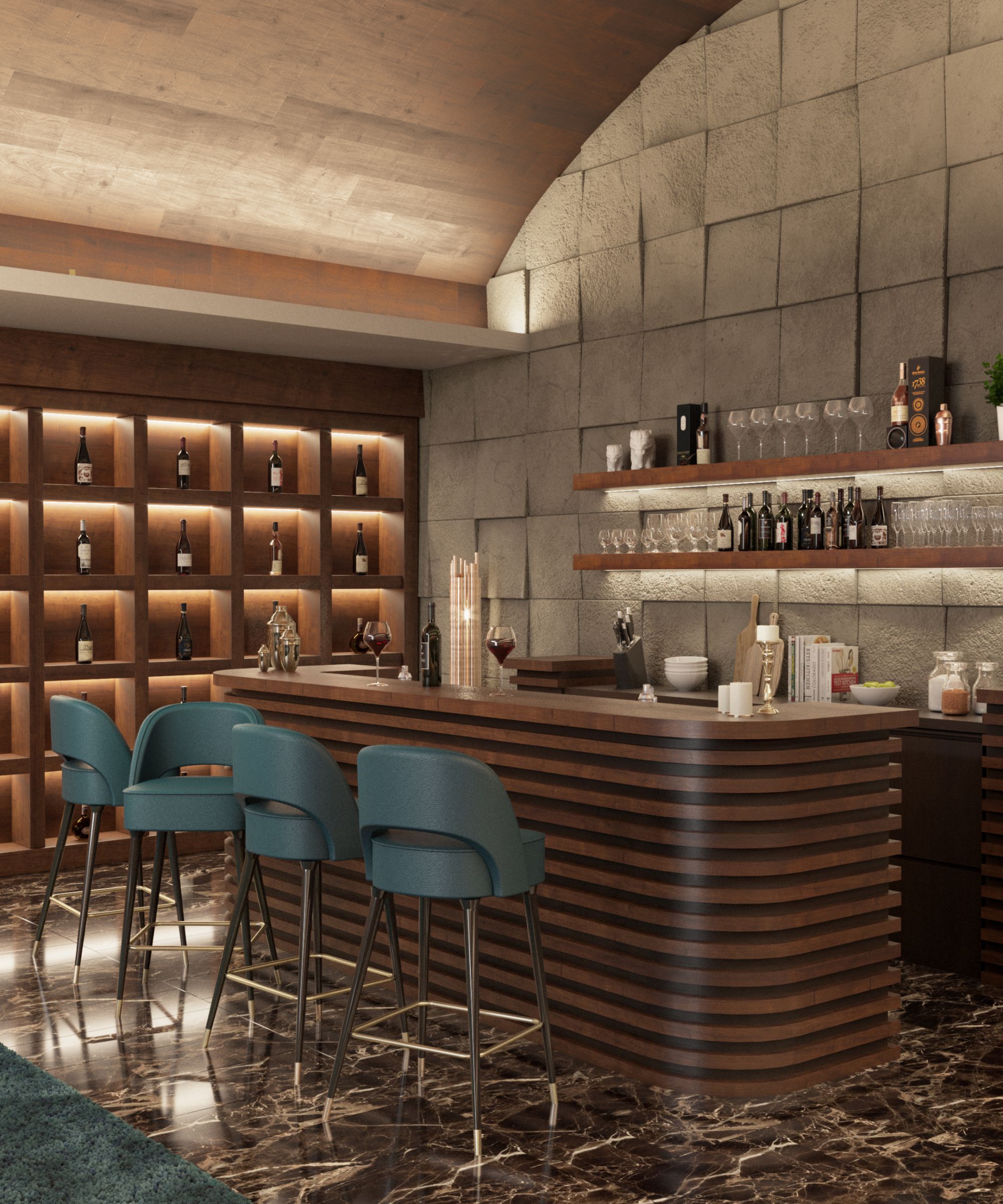
It should go without saying that your wine cellar is not a place for general clutter and home storage. It is important to keep nothing but wine in there and ensure the walkways are clear to prevent trips and breakages, advises Annie Edgerton, wine expert:
‘Make sure you have enough room to move around in, this will help avoid breakage, and make it much easier to keep on top of your inventory. I much prefer a cellar with individual bottle slots over X-shaped cubbies; the latter doesn't stack burgundy (slope-shouldered) bottles well and they may slide out, and if you want to get to a bottle on the bottom of the stack, you have to take all of the others out.’
4. Check things over weekly
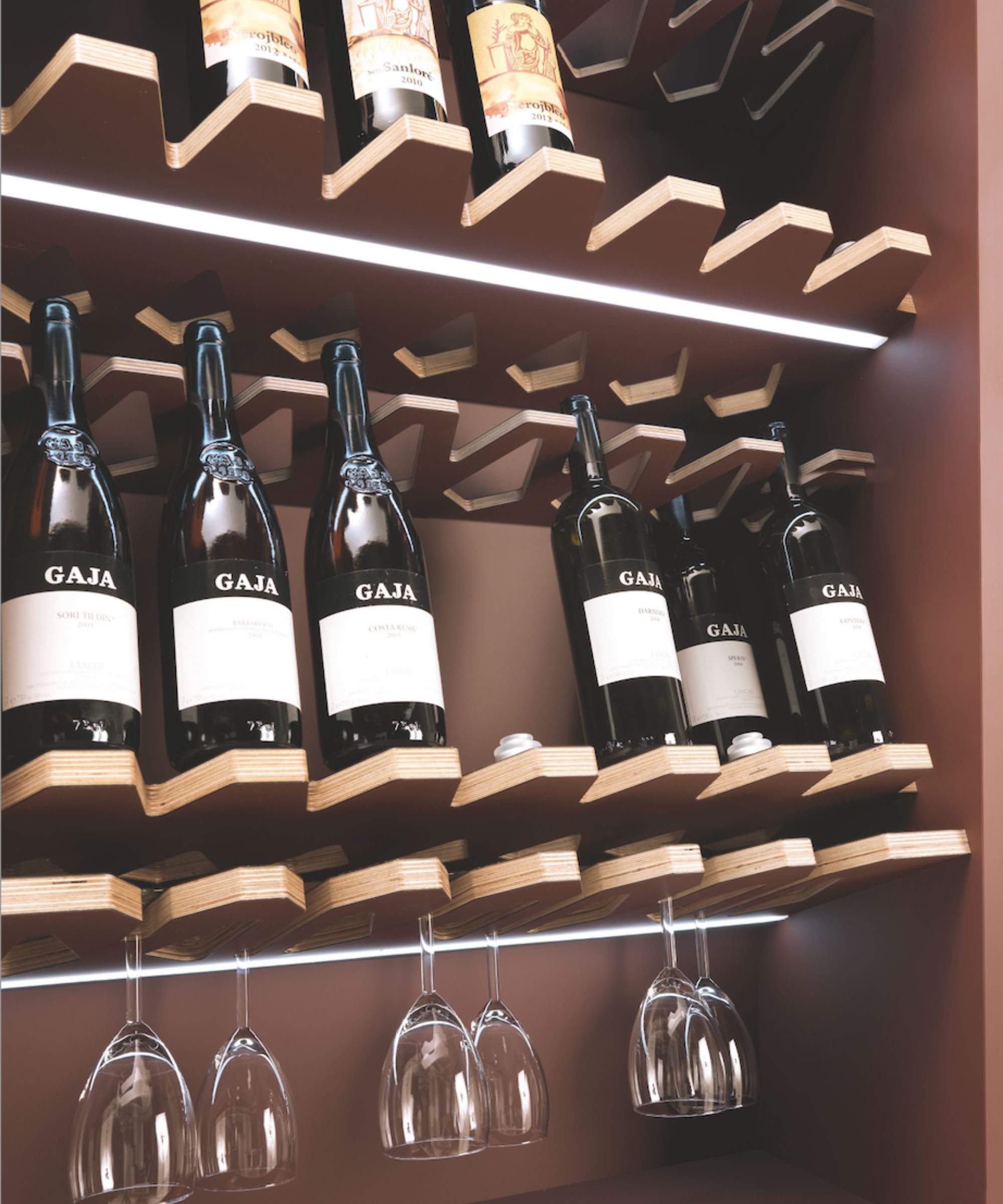
Wine cellar maintenance requires regular checks to ensure that everything is okay and none of the systems have failed, reminds Alison Morris Roslyn, certified sommelier – this certainly makes it a home feature to avoid for a low-maintenance home.
Alison recommends going down to visit your wines at least once a week to check the condition of the space, the temperature, and the humidity.
‘While you're there, check the cooling unit's drainage system,’ Alison adds. ‘Wine cooling units maintain both proper temperature and humidity and can drain excess water into a bucket. If your cellar is properly sealed, you shouldn't have too much drainage, but during rainy or humid periods, you might get some runoff that needs to be dumped out. If you're going for a simpler cellar with no cooling unit, consider installing a smart thermostat so you can track your cellar's temperature from your phone.’
Don't fret if you miss a week or are away, however, she adds. Most cooling units have alarms that will sound if your cellar is overheating.
5. Clean occasionally

For all the mechanical maintenance that goes into maintaining a wine cellar, there is luckily very little cleaning required unless you are a fanatic about dust on the bottles.
When you do want to freshen up the space periodically, Winn Roberton, lead sommelier urges you to do the non-toxic route:
‘Instead of harsh chemical cleaners, rely on a mixture of hot water and mild dish soap for cleaning floors, walls, and metal racks,’ he suggests – this will help to preserve the integrity of the wine. ‘It's crucial to avoid using bleach or strong chlorine cleaners when cleaning the cellar. These chemicals can attract TCA (2,4,6-trichloroanisole), which contaminates corks and potentially ruins the entire cellar,’ he explains. ‘TCA is notorious for imparting a musty odor reminiscent of damp newspaper, mold, and dust, making it the most common flaw found in wines.
‘For removing dust from bottles, a lightly damp cloth is all that's needed,’ Winn adds.
Living with Wine | View at Amazon
Living with Wine reveals the details that make the cellars a welcoming place to return–from the materials, artwork, lighting, and cutting-edge preservation technology to the way the space harmonizes with the rest of the house.
FAQs
Can I turn my basement into a wine cellar?
Home basements are the most common spots for home wine cellars – offering naturally cool and dark temperatures. That being said, it is important to insulate the space so that you have better control over the area and its humidity. The last thing you want is a leak or a flood destroying your collection.
How long can wine sit in a cellar?
Wine can sit in a well-maintained cellar for decades, so long as the room has the ideal humidity, lighting, and temperature and the bottle is properly sealed to prevent the wine from going bad. Once a bottle is open, it is generally considered a good idea to consume it within one week, maintaining moderation.
As with maintaining any area of the home, checking periodically for signs of damage or wear-and-tear is also a must – but it can be more challenging when the product you want to check is corked up.
‘Identifying damage in a wine cellar can be challenging until you uncork a bottle, but there are visual cues to watch for,’ sommelier Winn Roberton assures. ‘Mold growth indicates high humidity or water leaks, while a noticeable darkening of white wines in clear or lighter-colored bottles suggests exposure to heat. Brittle corks or corks soaked with wine prematurely may indicate poor storage conditions.
‘Ultimately, however, the true extent of damage is revealed only when assessing the wine itself.’
Sign up to the Homes & Gardens newsletter
Design expertise in your inbox – from inspiring decorating ideas and beautiful celebrity homes to practical gardening advice and shopping round-ups.

Chiana has been at Homes & Gardens for two years and is our resident 'queen' of non-toxic living. She spends most of her time producing content for the Solved section of the website, helping readers get the most out of their homes through clever decluttering, cleaning, and tidying tips. She was named one of Fixr's top home improvement journalists in 2024.
-
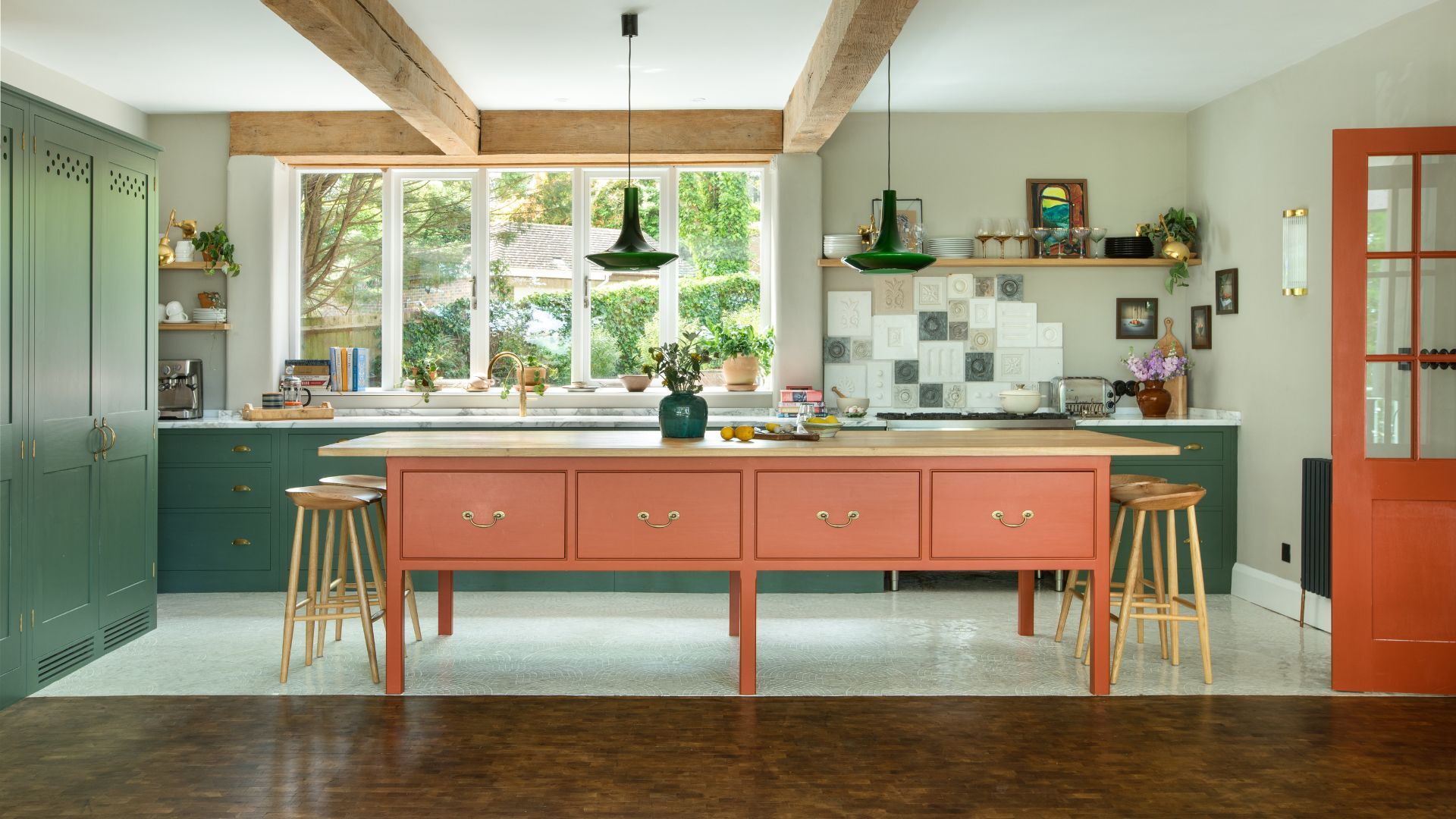 Orange and green is the bold color pairing quietly transforming homes in 2025 – here's 4 reasons why
Orange and green is the bold color pairing quietly transforming homes in 2025 – here's 4 reasons whyInterior designers are making the orange and green combination work wonders – this is how you can too
By Sophia Pouget de St Victor Published
-
 This Michelle-Pfeiffer-approved chair is made of a forebodingly unusual material, opening the debate: Is it a rustic stunner, or a danger to sitters?
This Michelle-Pfeiffer-approved chair is made of a forebodingly unusual material, opening the debate: Is it a rustic stunner, or a danger to sitters?The actress took to Instagram with a chair made of a controversially sharp material – and fans are unsure of how they feel about it
By Sophie Edwards Published
